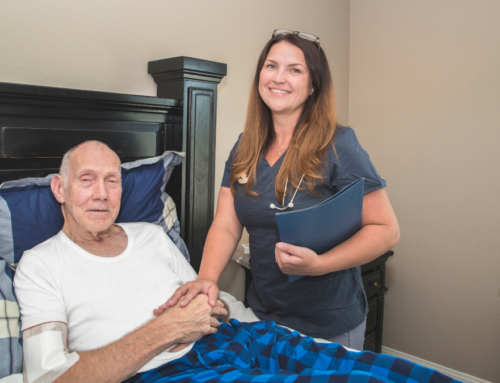
The holidays are here…a time for sharing time with family, friends, loved ones, and creating fond memories. It’s not just passing the turkey, stuffing and mashed potatoes, but sharing laughter, good conversation, and catching up with those you may have been somewhat out of touch with over the year…
What happens, though, when you notice some things just aren’t right?
When your parent(s) or loved one(s) seems to be slipping…we are all forgetful. We all have off-days, and everyone has those moments when you can’t find your keys, or wallet, or purse.
How do you know when it’s more than just an off-day…when it’s time to take some sort of action?
The following 10 signs will give you a way to measure what you are seeing. Depending on the frequency, as well as how many of these warning signs you’re seeing, will help determine when it’s time to talk with a professional about your options…More on this to come later
But first, the 10 signs your aging parents (or loved ones) need help:
- Common/Familiar tasks become difficult.
- Loss of appetite/poor diet.
- Empty/nearly empty refrigerator and rotten food not thrown away.
- Difficulty walking, balancing or stabilizing or getting up from a seated position.
- Loss of interest in hobbies and activities.
- Missing important appointments.
- Infrequent bathing, noticeable body odor or general decline in personal grooming.
- Strong smell of urine in house or on clothing.
- Laundry and/or dirty dishes piling up.
- Stacks of unopened mail or late payment/collection notices
If you see these signs, or others, it doesn’t automatically mean your loved ones will require a move to assisted living or a nursing home. It does, however, indicate that they most likely need some daily assistance. Our next post will address the 5 steps you can take if you see these signs.
In the meantime, however, don’t try to go it alone. Give us a call at (678) 494-8129, or send us a message. We are happy to set up a time to talk with you and help you determine what is “normal” and what is really a red flag you need to be concerned about.






I’m glad you mentioned mobility issues like walking and balancing on your list. Ever since my mother had hip surgery last year, she has been struggling to get around her house and perform even basic tasks. I think it would be helpful for her to have a professional home aid.